In the first part we differentiated the two types of control, mental and physical. In part 2 we will dig deeper into Physical crowd control and analyze examples that are present today.
Physical Crowd Control
This is the easy one. Wikipedia says: Crowd control is the controlling of a crowd, to prevent the outbreak of disorder and prevention of possible riot.
It's a good and concise definition. But as said before, it's only scratching the surface. Physical crowd control has been used countless times, and desperate times have called for desperate measures. As it's use progressed, the law enforcement decided that brute force will not cut it. It has Constitutional and moral set-backs and is a great case to fight against.
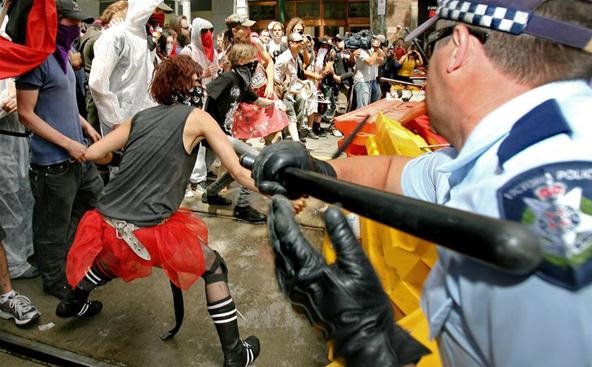
They have, in response, invented strategies and techniques in the form of formations. These formations are designed to corner the crowd to minimize its ability to move and respond. Here are methods they use.
Kettling
Kettling is synonymous with what it's named after: the kettle. To understand this method, take a look at the kettle. It is still a controversial tactic, because it removes the protestors freedom to protest, access to food, water and restrooms.


Here's a small video explaining the process:
Accommodation
This involves the police sitting on the sidelines, watching the protest take place. They will not interfere. This depends on the length of the protest, the level of disruption to others, police resources and the political climate surrounding the action.
Negotiation
This involves the police talking to the protestors to try and change their actions and/or path, thereby affecting the nature and outcome of the protest. The police may ask politely from the sidelines, or say that non-compliance will result in jail time/arrest.
Containment
This involves using police force/resources to contain the protest to a limited area. These may include:
- No Protest Zones
- Protest Pens

Using the Law
The police, funnily, tend to use the law when they feel it will help their goal to end/contain the protest. This is an interesting and intimidating tactic that corals the crowd/individuals to re-think their stance.
Dispersal
Police may choose to disperse a crowd rather than arrest individual members. Dispersal may be achieved by batons, horses or weapons. Police may use dispersal when they don't have the the resources to engage in mass arrests. Dispersal tactics sometimes appear to be designed to punish protesters.

Reasonable Force
Reasonable force here would depend on the circumstances. This is one of those subjects where there isn't a clear black and white difference. Basically, the police is authorized to use force that the average person will agree is legal for that situation.

^ That by the way is totally unreasonable.
Why would the Police react in a certain way?
There may be many reasons for the police to react in a certain way. These may include:
- The Political Climate: The Government/ elites may be hostile to the protestors
- Pressures: Though the police are independent, they may be facing pressures that we don't know about.
- Type of Police and equipment and their training: Some groups of police may be inclined to use more force than others. The equipment and training plays the same role; depending on their resources and their training, reactions will vary.
- Attitude of senior officials: Messages from the top are important in influencing the behaviour of rank and file police. The attitude of the Chief Commissioner of Police is particularly important in shaping the attitude of police to protesters.
- Prior knowledge and Protestor tactics: Any violence or verbal provocation from protesters does dramatically increase the likelihood that police will use harsher tactics. Police are likely to take a harsh approach to those they consider agitators', leaders' or organizers.
Hope you learned something new with this article! Mental control is up next.
Just updated your iPhone? You'll find new emoji, enhanced security, podcast transcripts, Apple Cash virtual numbers, and other useful features. There are even new additions hidden within Safari. Find out what's new and changed on your iPhone with the iOS 17.4 update.



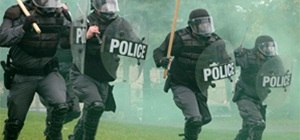

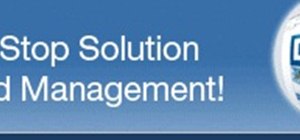

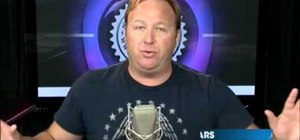
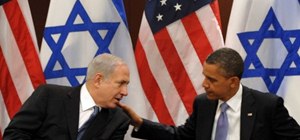

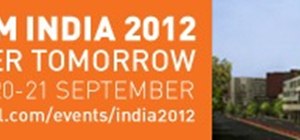






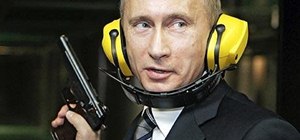
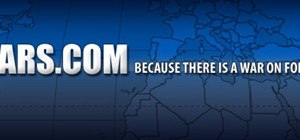

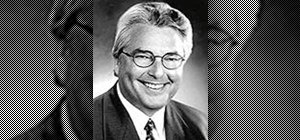
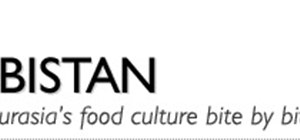
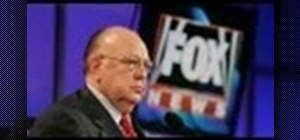



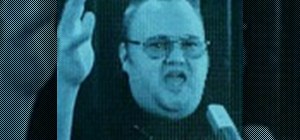
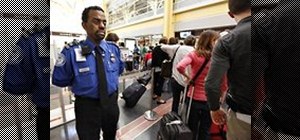
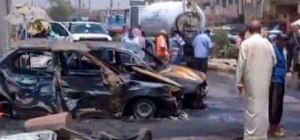


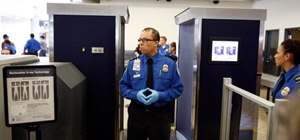
Be the First to Comment
Share Your Thoughts